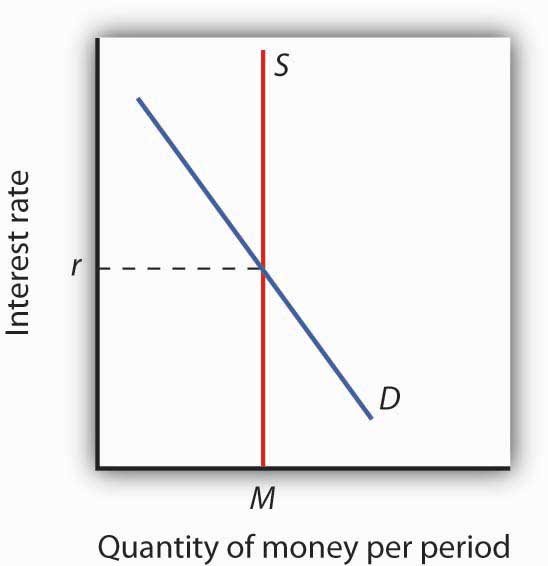
If we assume the demand for money (D above) is fixed in this position (for the purposes of this question), and supply (S) is fixed in this position, then how can the BoE change market interest rates (to influence inflation) using the base rate alone? Is this an invalid assumption?
And if changing the base rate changes the interest rate, why doesn't the BoE also need to adjust the money supply every time it changes the base rate to maintain equilibrium as in the diagram above?
It looks to me as though the BoE can only change market interest rates (and influence inflation) by changing the money supply - which I think is what I read the US Fed does?
I have no idea, and am really confused about how the central bank plays a role in the money market equilibrium in the diagram above, and how it actually influences inflation. Any clarification or insight would be greatly appreciated.
For the purposes of my exam, I know that 'the BoE increases interest rates to curb inflation as costs of borrowing rise etc....' and 'quantitive easing means increasing the money supply to encourage lending, lowering interest rates etc....' but I'm struggling to appreciate how the mechanism actually works.